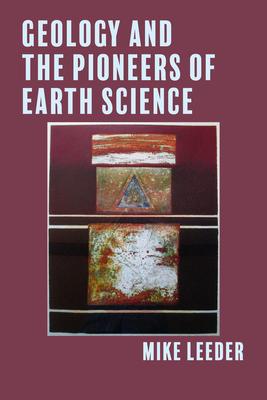Momentous changes in geology came about in the 1960s. These were partly the result of the application of discoveries in the basic sciences (physics, chemistry) over the previous six decades, but also technological innovations made during and after World War II.
The background to the origin of such changes - the efforts of the 'pioneers' who changed geology to earth science - has been neglected by historians of science and is the subject of this book. It analyses how the modern subject was able to evolve. Traditional geology is overwhelmingly historical while earth science has something extra to offer. This is the practice of what Lord Rayleigh memorably referred to as 'outdoor physics' (and by extension, chemistry), applied directly to the earth. The author summarises the achievements of these pioneers using biographical details and extracts from their chief works - placing them in the context of preceding and succeeding developments.
